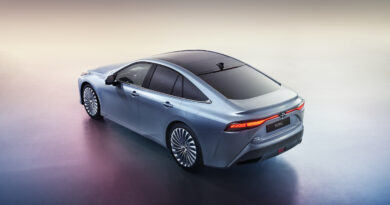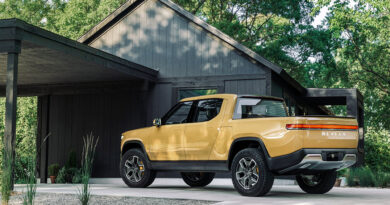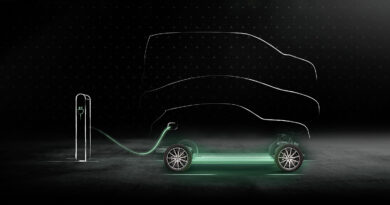Hyundai Staria FCEV confirmed for 2023, Australia interested
Hyundai has confirmed its Staria van and people mover will be available with a hydrogen fuel cell system in 2023 – and they’re on the wish list for Australia.
Speaking at the Hyundai Hydrogen Wave event today, Hyundai’s research and development head Albert Biermann said the Staria FCEV was currently under development and would hit the market within two years.
“We are also working on a fuel cell version of our new Staria,” says Biermann, the man who previously ran BMW’s M division and is responsible for creating Hyundai’s lauded N performance cars, which are set to spawn EV models.
“In the second half of 2023 we can expect the next generation Nexo – read our review of the current Hyundai Nexo here – and at the end of ’23 the Staria with a fuel cell EV powertrain,” he added.
READ MORE: 500kW Hyundai Vision FK prototype shows the fun side of hydrogen FCEV
READ MORE: Hyundai targeting cost parity between battery electric vehicles and hydrogen fuel cells by 2030
READ MORE: Water tight: Hyundai Nexo could be the start of big H2 things
READ MORE: Aussie EV brand H2X to sell hydrogen-powered Ford Ranger
READ MORE: Hyundai Staria poeple mover detailed with “eco-friendly” variants to come
The Staria is a futuristic looking replacement for the iLoad and iMax and was always expected to adopt some form of electrification.
Not many predicted FCEV as an early option.
But it is on the wish list for Hyundai in Australia, according to Scott Nargar, the company’s Senior Manager of Future Mobility & Government Relations.
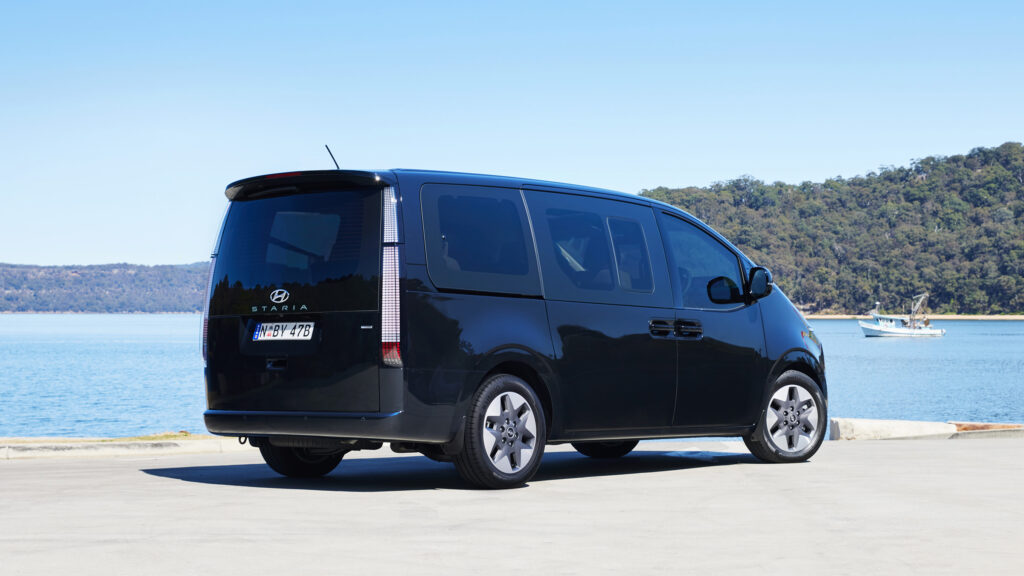
“We’re interested in all new products introduced globally and Staria FCEV is no different,” Nargar told us, indicating fleets could be particularly interested.
“We can see a zero-emissions Staria variant as being incredibly practical and useful in all kinds of applications, including government and corporate fleets.”
However, he cautioned that the growth of FCEV in Australia was reliant on more refueling infrastructure.
“We look forward to seeing further developments of H2 refueling infrastructure across Australia to help support future Hyundai FCEV deployments,” he added.
Beyond Staria and Nexo, Hyundai says it has plans to expand fuel cell to other brands within the Group, namely Kia and Genesis.
“We are also working, of course, for fuel cell cars for Kia and for Genesis and that will take a little longer time, so after 2025 we can expect fuel cell applications,” says Biermann, who also confirmed “in the commercial vehicles we are expanding a lot”.
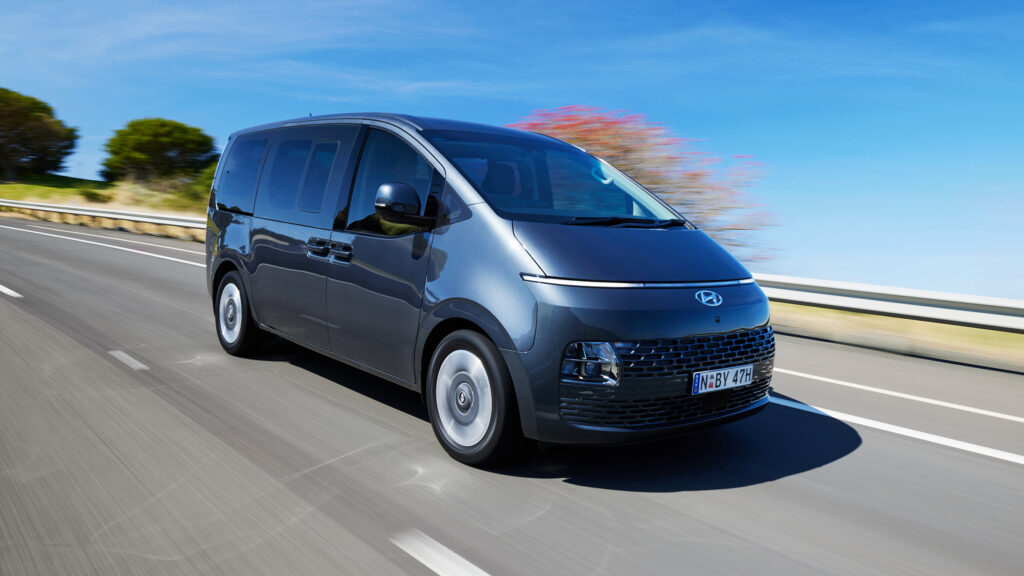
Given Hyundai is applying FCEV tech to its commercial models – albeit one that also has a passenger version – it opens up other questions of where Hyundai could apply the tech.
One obvious option appears to be the upcoming Hyundai ute.
READ MORE: EV ute overload: The electric pickups coming soon
Hyundai and sister company Kia have previously confirmed they are developing a ute to rival the Ford Ranger and Toyota Hilux, but each has recently been shy about expanding on the project, possibly due to commercial sensitivities.
Given the imminent influx of electric utes – or pickup trucks – it seems a no-brainer to incorporate hydrogen fuel cell tech into a Hyundai ute of the future, especially given the pressures on driving range with commercial vehicles.
Hyundai has confirmed that by 2028 all its trucks and buses will be offered with a fuel cell drivetrain option.
Each will use the third generation FCEV tech due to debut in 2023. Hyundai says that third-gen tech is cheaper to manufacture, more reliable and more compact than the existing systems used in the Nexo.
They will be created in modular 100kW and 200kW outputs.

Hyundai says two of its 200kW power units can be combined to create about 350kW, “equivalent to the power of current diesel engines”.
Beyond that, Hyundai sees fuel cell applications across a broad range of applications, from stationary power systems for remote areas to drones.
“It is possible to provide various outputs, such as 500kW and 1 megawatt by expanding several 100kW modular systems,” says Saehoon Kim, executive vice president and head of fuel cell for Hyundai.
“It can be assembled like Lego blocks.”


